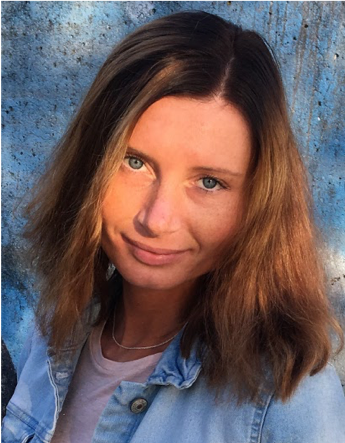Dr. Ina Vernikouskaya
Dr. Ina Vernikouskaya is a postdoctoral research fellow working in the Clinic of Internal Medicine II (head: Prof. Dr. W. Rottbauer).
Since 2010 Ina is working in the research group for experimental cardiovascular imaging headed by Prof. Dr. V. Rasche, first as a PhD student and then since 2015 as a postdoc. In addition to purely scientific work, between May 2011 and November 2012 (before she became a mother) she accompanied the development of the Core Facility Small Animal Imaging as a deputy head. She completed her PhD thesis in the field of methodological development of magnetic resonance imaging (MRI) for new application areas for human and animal experimental questions. After pursuing her doctorate degree, Ina became familiar with a completely new field of navigation of complex interventions and over the past two years has demonstrated the advantages of augmented navigation in a direct clinical context.
Transvascular procedures are commonly performed under x-ray (XR) fluoroscopy guidance. While providing high temporal and spatial resolution, XR lacks anatomical information. Multimodal intra-procedural three-dimensional (3D) image fusion (IF) can augment the limited information available from XR with relevant anatomic soft-tissue structures. With the available fusion packages on commercial x-ray systems, a wider range of transvascular catheter interventions can potentially be supported by IF. All commercial systems, however, are proprietary, and image data, position/tracking data, algorithms, and visualization methods are not made available for independent research. Therefore in order to introduce more advanced guidance techniques into the product functionality, such as e.g. automatic cross-modal image registration, image-based tracking, automatic real-time compensation of heartbeat and respiratory motion, and to perform research, development, and validation in the field of intraprocedural image guidance, independent IF software solutions appear of high interest. Therefore the purpose of her current work is to provide a rapid prototyping framework for integration of pre-interventional anatomical and functional data with real-time XR fluoroscopy and anatomically correct documentation of the working points in 3D.

